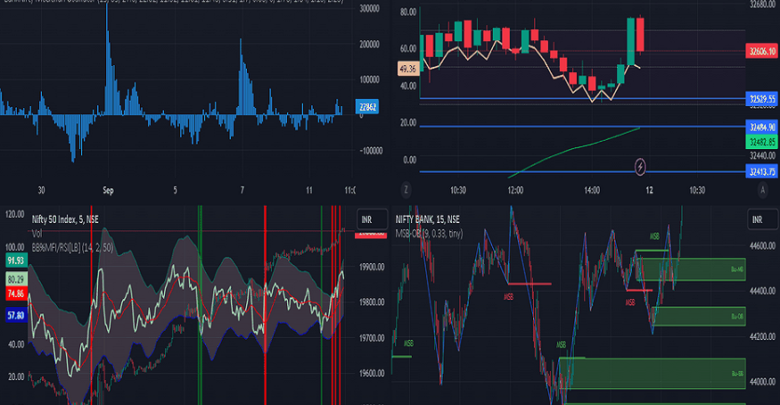Mistakes to avoid in Algo trading strategy development

Algo trading, often algorithmic trading, has changed the financial markets. It involves carrying out orders using automated systems and computer algorithms. Although there is potential for greater efficiency, speed, and accuracy in trading with algorithmic trading systems, there are also drawbacks. Even though algorithmic trading has the potential to be very successful, traders should avoid a few typical mistakes while creating algorithmic strategies. Let’s look at some common mistakes to avoid in algorithmic trading.
Overfitting
Overfitting is one of the most frequent errors made in algorithmic trading. When an algo trading software in India is closely linked to historical data, it can lead to overfitting. As a result, the technique could function well while backtesting but badly during actual use. Traders should test their algorithms on out-of-sample data and refrain from adjusting them too closely to past data in order to prevent overfitting.
Lack of Diversification
Less diversification is another general error in algorithmic trading. Traders’ methods may become more risky if they concentrate too much on a single market or asset type. Traders should diversify their portfolios across a variety of marketplaces and asset types in order to reduce this risk.
Ignoring Market Conditions
Another error that algorithmic traders could make is to ignore market conditions. Although algorithms can be useful in spotting trading opportunities, their performance may vary depending on the state of the market. An algorithm that follows trends could do well in a trending market. However, it may not perform well in a range-bound market. Traders have to be conscious of the state of the market and modify their algorithms accordingly
High Trade frequency
High trade frequency is a common feature of algorithmic trading, which can lead to significant transaction costs. These include commissions, spreads, and slippage, among others. They can have a big effect on how profitable a strategy is. When developing a plan, ignoring transaction costs might result in higher profit expectations.
Include transaction fees in your simulation and backtesting procedures to correct this error. Recognise your broker’s cost structure and assess how transaction expenses impact your strategy’s overall profitability. This will aid you in creating trading techniques that are profitable in the real world.
Taking Too Much Risk in a Single Position
Severe losses may result from overexposure to a particular asset or market. To efficiently control risk, diversify your algorithmic trading techniques over various assets. You should only trade with a particular amount of capital in a month. Establish some guidelines for yourself. Avoid trying to get wealthy by taking large and unnecessary risks.
Relying too much on Automated Systems
Trading software has advantages and disadvantages that traders need to be aware of. Though they lack human judgment, automated methods can complete trades more quickly. Traders should exercise caution when employing algorithm-based systems because these techniques can add to market volatility.
Using Leverage Without Proper Expertise
Leverage enables traders to initiate trades with less cash. However, it might increase losses as well. It’s critical to understand the consequences of leveraged trading thoroughly. Without sufficient expertise, leverage trading can lead to large losses. You may improve your analysis of your strategies by backtesting them on good platforms like Share India, which offer precise historical data. You can get all the relevant information on their online share trading app.
Errors in Risk Management
Sophisticated risk management is essential for algorithmic trading to succeed. Some traders make the error of ignoring risk in favour of concentrating only on possible profits. Even if a plan is beneficial in the long run, neglecting risk management might result in substantial losses.
To safeguard your wealth, algorithms should incorporate risk management techniques. These consist of employing risk-reward ratios, position size, and stop-loss orders. Furthermore, when market circumstances change, examine and modify your risk management procedures on a regular basis. Don’t hold onto lost trade forever in the hopes of a gain. Use stop-loss orders to reduce losses if a trade doesn’t turn out as planned.
Conclusion
Algorithmic trading systems provide many benefits, but there are also possible hazards to success. You may significantly improve your chances of creating and sticking to lucrative advanced trading methods by avoiding these common mistakes in algorithmic trading. A mix of discipline, risk management, flexibility, and research is necessary for success in algorithmic trading. Moreover, always trade on excellent platforms by renowned firms like Share India.



